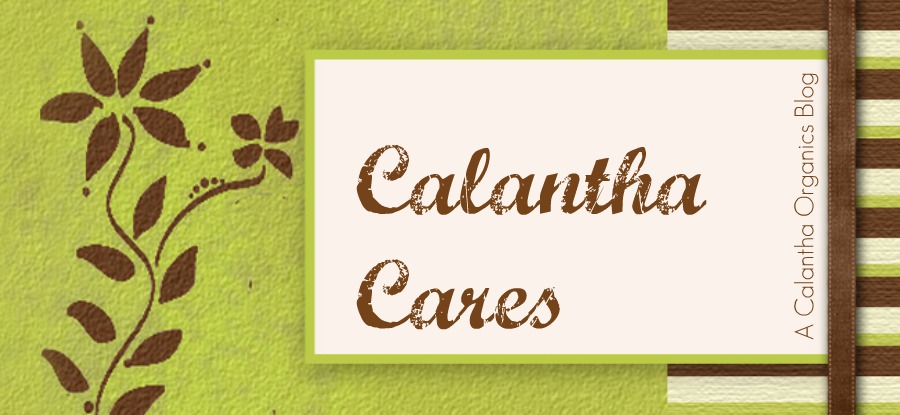Today, I'll be discussing the essential oils of thyme, lemon, and clove.
Thyme: Its notable antiviral, antibiotic, antiseptic, and diuretic properties should be used with great care as overusing it can stimulate the thyroid gland and lymphatic system. (Like many good things, it must be used in moderation.)
Lemon: Make this the most important ingredient in your care kit! This antiseptic helps in treating insect bites and headaches; and is great at stimulating the digestive system. Lemon is a great disinfectant, too!
Clove: An antibacterial, antiseptic, and analgesic agent, clove is also good for preventing diseases and infections. It is also known to be a quick cure for toothaches and other digestive problems and muscular disorders.
I hope you enjoyed this series; I certainly liked writing it. I hope you can plenty of helpful information and thanks for visiting today! As always, I welcome all your comments.
